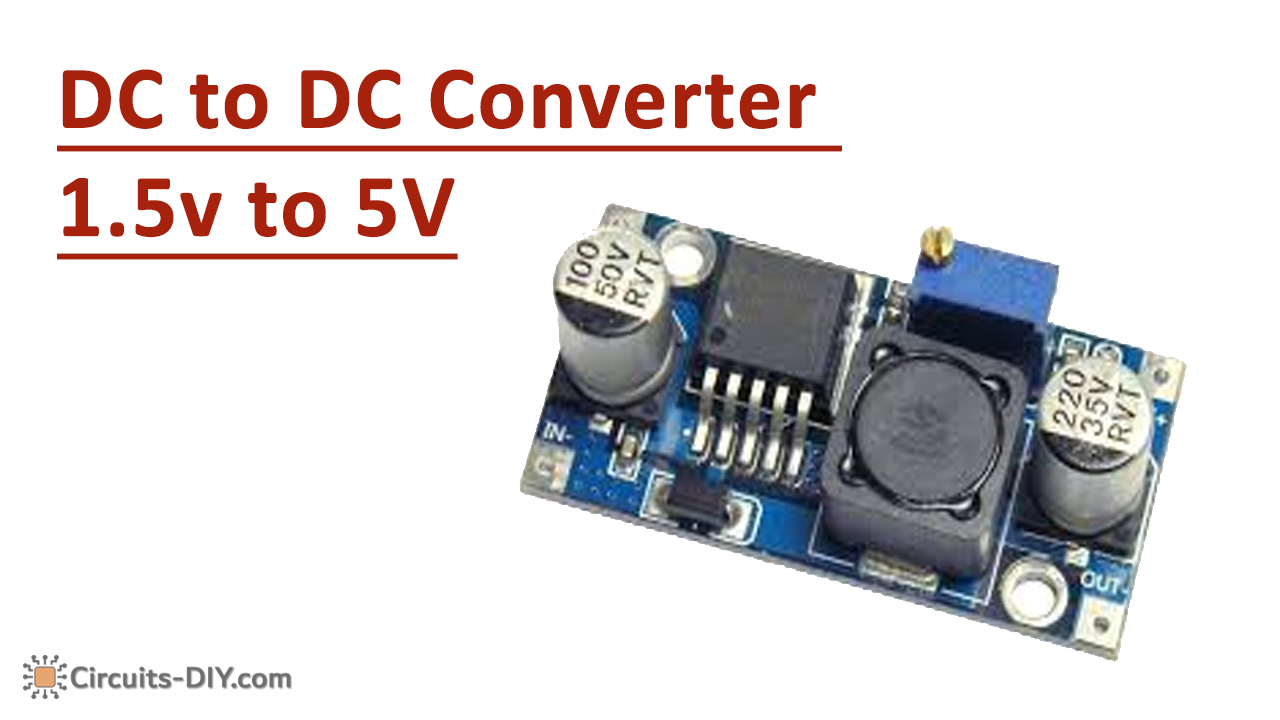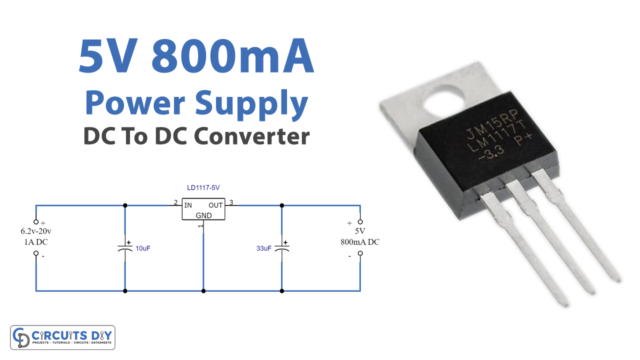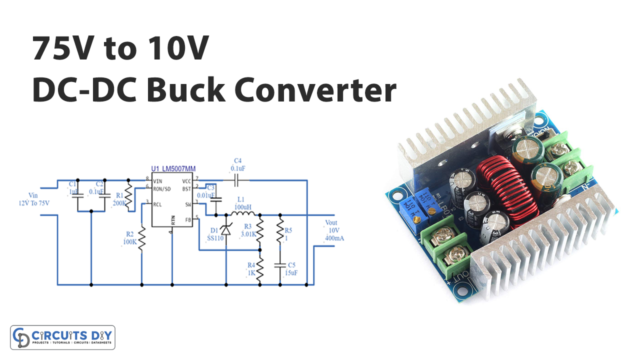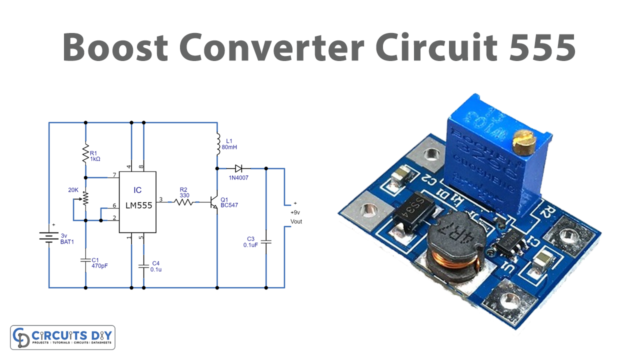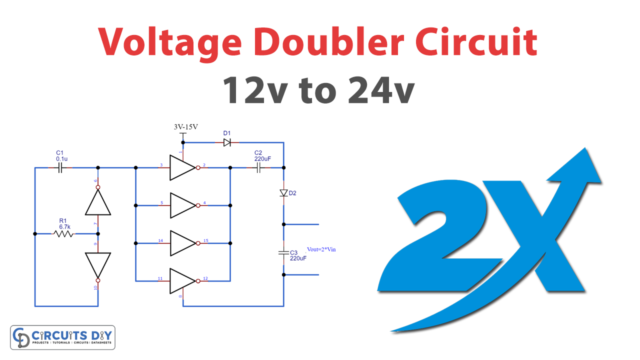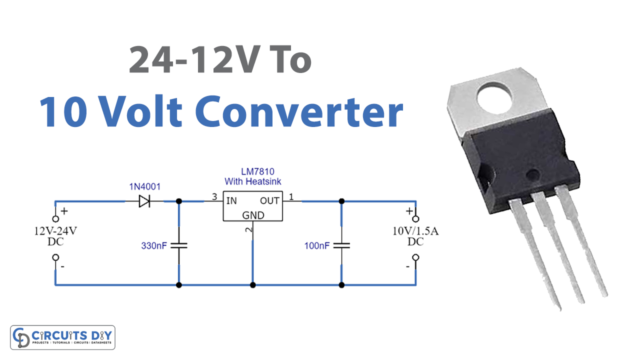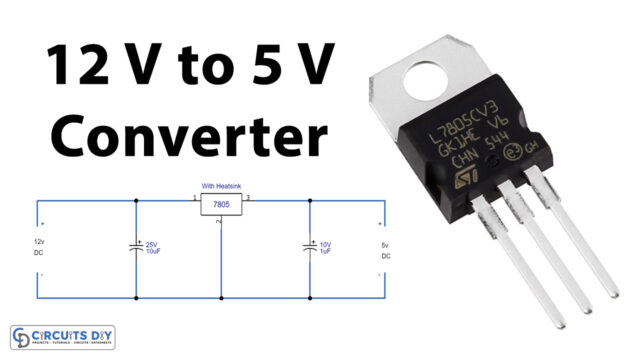A DC Chopper commonly known as a DC-to-DC converter is an electronic device. It converts unidirectional direct current (DC) from one specified voltage level to another desired voltage level. It is an electric power converter. Moreover, the Power levels range from exceptionally low amp batteries to extremely high-voltage power transmission.
A DC chopper utilizes in the majority of the appliances that work on constant voltage. Right now in this article, we will demonstrate a 1.5V DC-to-DC converter or DC chopper by utilizing LT1073 IC.
The LT1073 is a micropower DC-to-DC converter. The IC requires just three external electronic components to convey a fixed output voltage of 5V or 12V. The low voltage supply of 1V permits the utilization of the LT1073 in applications where the main and primary power source is a single cell.
Hardware Components
The following components are required to make DC to DC Converter Circuit
| S.no | Components | Value | Qty |
|---|---|---|---|
| 1. | IC | LT1073 | 1 |
| 2. | Meter inductance | 82µH | 1 |
| 3. | Diode | SB3100 | 1 |
| 4. | Resistor | 820k, 100k, 47k, 40.2k | 1 |
| 5. | Capacitor | 100µF 20V | 1 |
| 6. | Battery | 1.5V | 1 |
LT1073 Pinout

For a detailed description of pinout, dimension features, and specifications download the datasheet of LT1073
DC to DC Converter Circuit
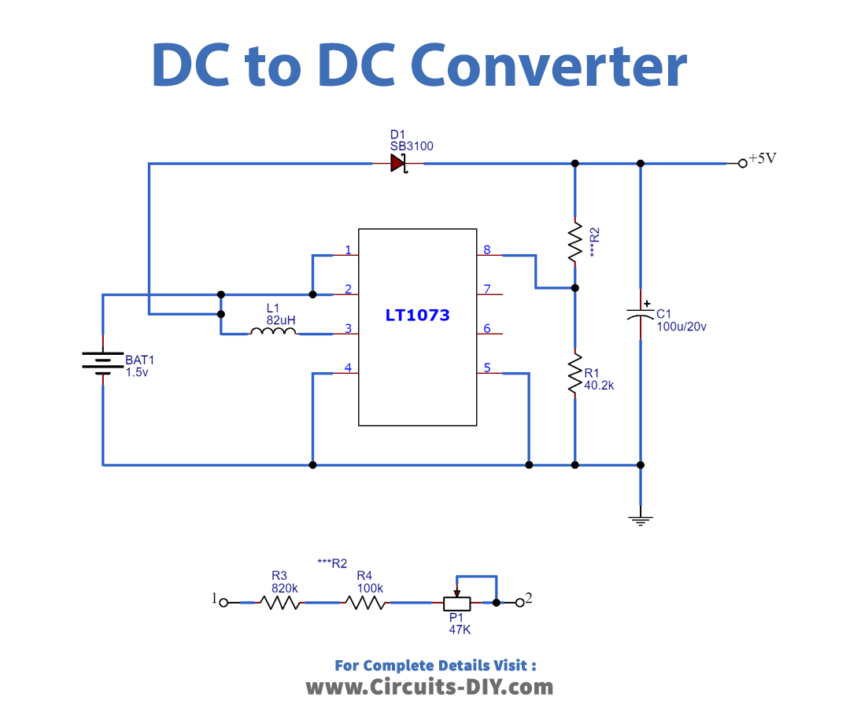
Working Explanation
The circuit operation is quite simple. This versatile IC LT1073 is utilized to make a DC-to-DC converter with a low operating voltage of just 95μA 1V without load. On the off chance that you don’t have a meter inductance, the inductive piece of the drive is more entangled to make. However, we will see some potential solutions. The capacitor likewise suggested by the manufacturer for this circuit is somewhat difficult to get. I have utilized a ‘tantalum recuperated’ from another power source. And the ripple voltage at the yield is very low. To wrap things up, the diode must be fast, not worth it as the 1N4002 rectifiers. Here, the 1N5818 is prescribed Schottky type, characterized by high response time and low inner resistance, which is perfect for this type of converter.
Applications and Uses
The basic purpose of the DC-to-DC converter is to change the DC voltage level:
- Lower
- Buck
- Higher
- boost
- It can also be used for insulation purposes.

